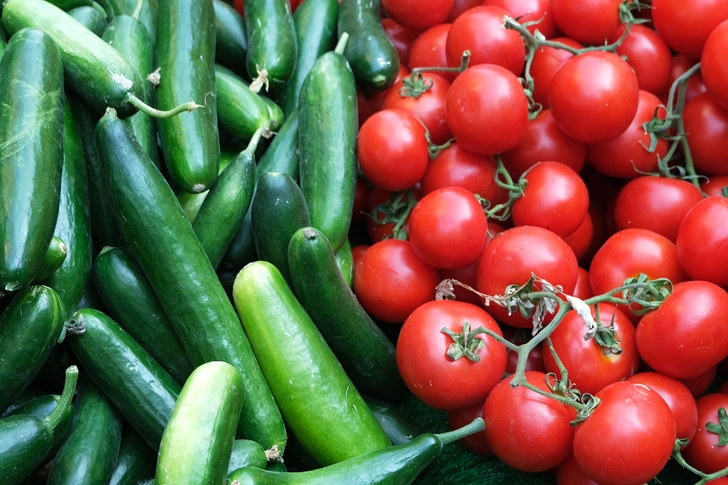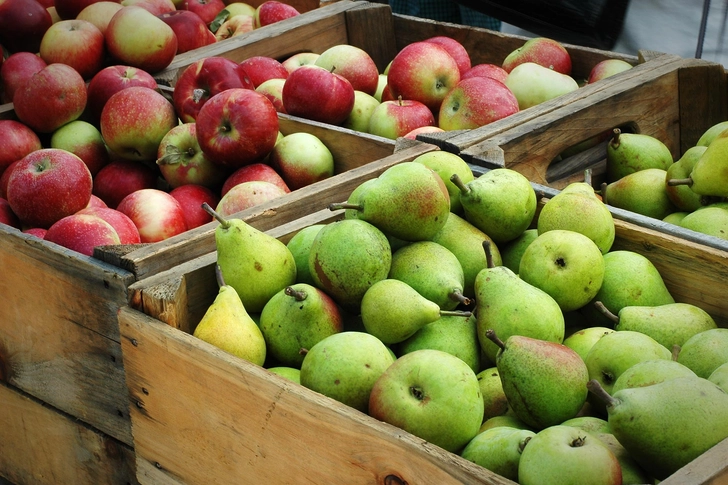Low-Sulfur Diet for Ulcerative Colitis



Sulfur and Ulcerative Colitis
Sulfur may make your ulcerative colitis (UC) worse. In some foods, sulfur occurs naturally, but it also gets added to certain foods as a preservative in a modified form called sulfite. Your bowel contains bacteria that converts the sulfur in food into hydrogen sulfide through a process called fermentation. Most people process hydrogen sulfide without difficulty. But people with UC tend to produce more hydrogen sulfide and their guts have trouble breaking it down, leading to belly pain and urgent trips to the bathroom. Over time, this causes damage to the colon that contributes to UC inflammation and its symptoms. If you have UC, cutting back on high-sulfur foods may help. Here's how.

Avoid These High-Sulfur Foods
Sulfur is found in plants, food, soil, and water. It’s an essential mineral that we need in our diet. One major dietary source of sulfur: protein-building amino acids, such as methionine and cysteine, which we get from foods like dark chicken meat, turkey, pork, lamb, beef, fish, certain cheeses, eggs, alliums (such as onions, garlic, leeks, and chives), and cruciferous vegetables (like broccoli, kale, and Brussels sprouts). Sulfites also show up in dried fruit, flour tortillas, and store-bought pizza dough and pie crusts. So do you have to cut these foods out entirely? Maybe not. Their impact varies from person to person, so you can try cutting back to smaller portions and see if that helps. Your best bet: Consult a dietitian trained to treat people with ulcerative colitis.

Eat These Low-Sulfur Vegetables
The produce section of your grocery store offers lots of low-sulfur veggie options. Load your shopping cart with iceberg lettuce, celery, tomatoes, mushrooms, cucumbers, eggplant, asparagus, sweet red peppers, radishes, spinach, carrots, snow peas, zucchini, and sweet potatoes. Some cruciferous vegetables, like savoy cabbage and cauliflower, have less sulfur than crucifers like broccoli. Check with your dietitian first to see if these could fit into your UC diet. Looking for some meal inspiration? Grab some ranch dressing and use it as a dip for red peppers, radishes, and cucumbers. For something heartier, think vegetable stew or a squash casserole.

Enjoy These Low-Sulfur Fruits
If you’re a fruit lover, you’re in luck. Most fruit doesn't have very much sulfur, so you can get your recommended daily servings without worry. Fruit also can help you make up for some of the nutrients you may be missing from the more restricted high-sulfur vegetables. Choose fresh pears, apples, peaches, fresh figs, grapefruit, oranges, or bananas. But be careful if you’re a fan of dried fruit. Many contain additives like sulfites to keep them colorful. Look for unsulfured dried fruit and check the food label to make sure it doesn't have sulfites.

Pair Fruits and Veggies With Low-Sulfur Protein Options
Many top sources of protein, including meat, poultry, and eggs, are high-sulfur foods. Focus on plant-based proteins instead. Excellent options include legumes like lentils and peas. Black beans, chickpeas, and cannellini beans are not sulfur-free, but you can often eat them in moderate amounts. If you can't give up meat entirely, eat smaller portions. Prep the occasional 3-ounce serving of chicken or beef — about the size of a deck of cards — to go with your low-sulfur fruits and vegetables. For breakfast, try an egg white omelet because most sulfur is in the yolks. Fatty salmon, sardines, and shrimp have less sulfur than some other popular fish, like tuna.

Experiment With Low-Sulfur Spices and Seasonings
Garlic and onion add loads of flavor to so many dishes -- and unfortunately, lots of sulfur. Just one or two cloves of garlic — or the equivalent in dried garlic — can seriously bother people with gastrointestinal issues like UC. But that doesn’t mean you have to settle for bland food. Fresh leafy herbs like basil and cilantro add both flavor and color. You also can add liberal amounts of thyme and rosemary without worrying about sulfur. If you can’t give up onions, try sweet ones like Walla Walla or Vidalia, which are lower in sulfur than red, yellow, and white onions. Small amounts of leeks and chives may not bother you in moderation.

Choose These Low-Sulfur Drinks
Wine and beer contain sulfur-derived chemicals called sulfites. Producers may add sulfites to stop fermentation, preserve flavor, and protect against bacteria. Cut back on or cut out both for your low-sulfur diet. Coffee also contains sulfur, so opt for tea. Herbal teas like chamomile and mint are safe bets on a low-sulfur diet. Milk makes the high-sulfur list, but plenty of milk alternatives have little or no sulfur and can stand in for the real thing, including almond milk, oat milk, and rice milk. Some canned, bottled, and frozen juices also contain sulfites, particularly grape juice, lemon juice, and lime juice. Fresh juices make a better — and tastier — choice.
Photo Credits:
1. EyeEm/Getty Images
2. Moment/Getty Images
3. Getty Images
4. iStock/Getty Images
5. E+/Getty Images
6. Moment/Getty Images
7. iStock/Getty Images
SOURCES:
Canadian Society of Intestinal Research: “The Role of Sulphur in Ulcerative Colitis.”
MedlinePlus: “Minerals.”
Deanna Minich, PhD, Blog: "Is There Really Such a Thing as Sulfur Intolerance?"
Food Chemistry: “The contribution of alliaceous and cruciferous vegetables to dietary sulphur intake.”
Oregon State University: “Sulfites.”
Theresa Gentile, MS, RDN, CDN, dietitian in private practice and spokesperson for the Academy of Nutrition and Dietetics, Brooklyn, New York.
Journal of Translational Medicine: “Sulfur amino acid restriction, energy metabolism and obesity: a study protocol of an 8-week randomized controlled dietary intervention with whole foods and amino acid supplements.”
The Journal of Nutrition, Health and Aging: “Dietary Methionine and Total Sulfur Amino Acid Restriction in Healthy Adults.”
Cleveland Clinic: “17 Foods That Are High in Vitamin C,” “Sulfite Sensitivity.”